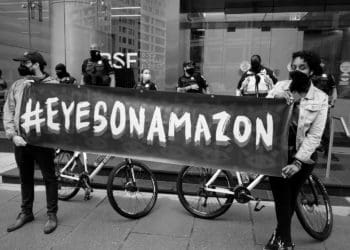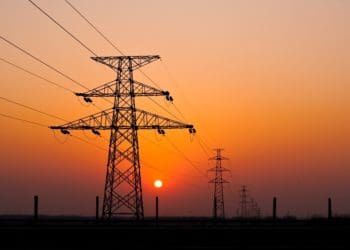In this ongoing series on corporate monitorships from Jay Rosen, “Mr. Monitor,” he investigates the benefits of an independent monitor, how monitors work and how various monitorships can benefit various businesses, transactions and business relationships.
There can be a wide variety of concerns for those considering or being required to work with a monitor, both from individual employees and a corporate perspective. From the corporate perspective, the concerns can include the costs of a monitorship, the impact on the bottom line, opening the books to an outsider and interference with business operations.
Concerns can be exacerbated by a fear the monitor does not understand the business of the organization or even how business is done in the real world.
Concerns that tend to bring more fear are questions about whether the monitor will engage in slow, but sure mission creep and exceed the boundary of their charge.
Monitors are Not an Extension of the Government
Many companies see monitors as an extension of the government and believe that monitors are junior G-men and investigators, tasked by the by the government to conduct ongoing investigations.
Employees tend to be afraid that a monitor will come in and exercise dictatorial powers. Employees are usually more concerned with the company’s reputation and business credibility with employees and subcontractors.
Some of the fears and concerns are understandable, particularly if a company has not had a prior positive experience with the use of an independent monitor and a monitor is assisting a company in improving their compliance program. While some of it may have to do with fear of the unknown, one concern is simply the extra costs associated with a monitor.
Monitors Should Avoid Mission Creep and the “Gotcha” Mentality
If the monitor is a part of a government settlement or resolution, there can also be the fear, sometimes driven by war stories, that monitors will have mission creep and continue the investigation, even after a resolution. A company may fear that a monitor will come in and look under every nook and cranny. This feeds into both concerns of cost and mission creep.
Another concern is that many monitors are former prosecutors and still retain a prosecutorial mindset. This can lead many companies and their employees to fear a “gotcha” mentality of a monitor who is looking for additional issues to run back to the government or regulators with throughout their monitorship investigations.
Thorough Discussions with Monitor Candidates
Most of these concerns can be handled, if not fully alleviated, through thorough discussions with monitor candidates. Among the areas a company needs to be exploring during the monitor selection process:
- What approach is the monitor going to take?
- What’s the approach in a meeting or an interview with a mid-level employee in a branch office?
- Is that person going to feel as if they’re under attack, or are they brought in to explain all processes – good as well as bad – that are going on so that the monitor can make helpful recommendations?
Understand the Terms of the Resolution Agreement
In addition to the monitor interview process, companies should understand that the terms of any monitorship are set in the resolution agreement. Therefore, it is important not only to address these issues during settlement discussions, but also to take care in the drafting of such agreements to remove as many ambiguities as possible.
At times, the parties may not want to address what they believe are sensitive issues head on as part of the negotiation process; other times, there is not a full understanding of how monitors work.
In our experience, Affiliated Monitors’ personnel have been brought in as the parties are negotiating to simply educate people as to what monitors do and how they operate and to demonstrate how the monitorship can be more successful for both the government and the company.
Monitors Should Facilitate Any Ambiguities in the Monitorship
The key in drafting the resolution agreement is to lay out the scope, properly and tightly designed.
When ambiguities arise in the process of the monitor’s work, the monitor should engage with both sides as a facilitator to help the parties come together and to resolve those issues.
In conclusion, companies need to have a thorough understanding of the monitorship process, whether it is a post-resolution monitorship where the monitor is focused on the company’s compliance with its agreement in the resolution document; a deferred prosecution agreement, non-prosecution agreement or other; or a proactive monitorship. This understanding comes from discussions, reviewing and negotiating the scope of the agreement and hiring experienced monitors who understand their role and more importantly what is NOT their role going forward.
In case you missed the earlier installments of this ongoing series, please see the links below.
Everything You Always Wanted to Know About Monitors But Were Afraid to Ask
Part 1: Corporate Monitorship 101: Who Are They, and What Can You Expect?
Part 2: What is a Post-Resolution Monitorship?
Part 3: What is the Power of a Pre-Settlement Monitorship?
Part 4: What Issues Should a Company Consider When Hiring a Corporate Monitor?
Part 5: How Much Will a Corporate Monitorship Cost?













